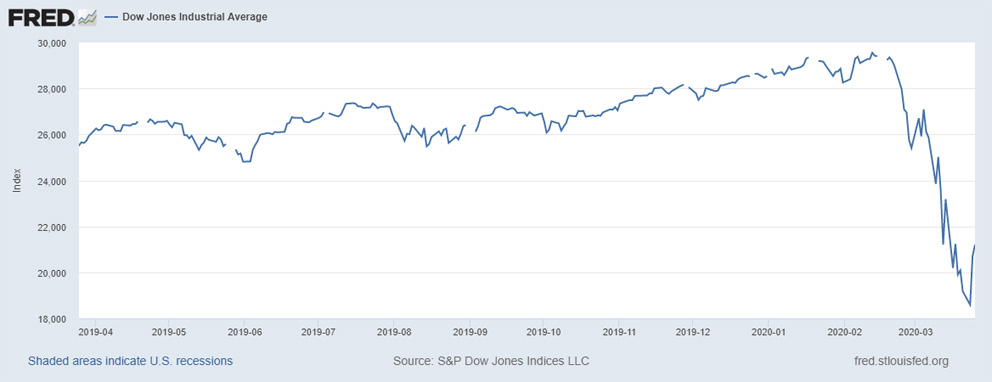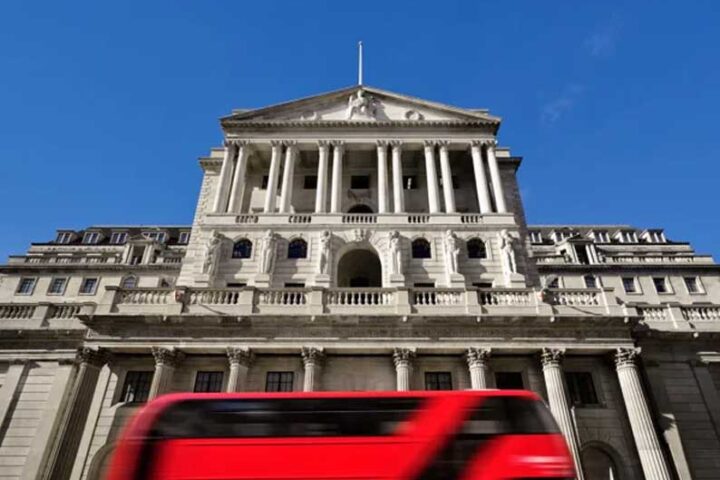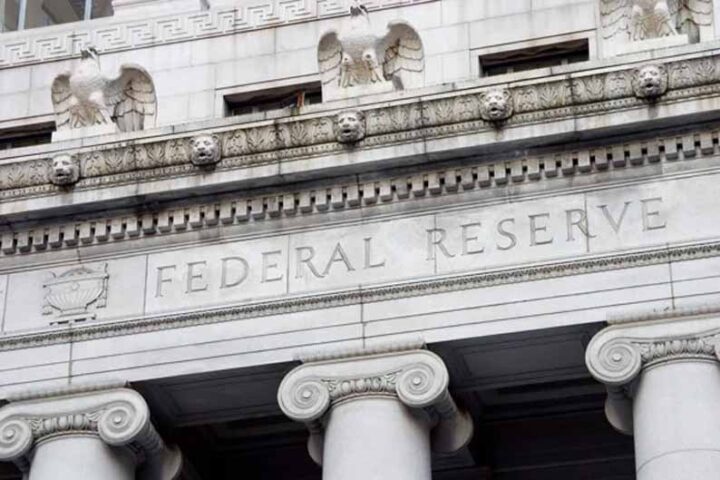By Hussein Sayed, Chief Market Strategist at FXTM
Over the past two days, US and global stocks have made an astonishing bounce back with the Dow Jones Industrial Average rallying 16.4% from Monday’s trough. That is more than double the average yearly return on the index going back to 1921.
The return to risk has been due to the US Senate’s negotiations for a $2 trln package designed to cushion the impact of the virus on the US economy, which finally got approved late Wednesday and passed by the House overnight.
US stocks recorded their first back-to-back daily gains since February 6, when the index was hovering near its record highs. While such a move may be considered a positive signal to risk assets and welcomed by many, investors need to treat it with caution.
Following Lehman Brother’s collapse on September 15, 2008, US stocks saw similar moves after steep falls. On October 10 of the same year, the DJIA rallied from a low of 7,882 to a high of 9,794 in two days. That was a 24% recovery following a 31% decline from September 15. However, it then took the index 98 more trading days to find the bottom at 6,469, after which the longest bull-run in US history occurred.
The $2 trln package along with the Federal Reserve’s unlimited stimulus plans, and the ECB made a historic announcement overnight that there will be no limits to their ‘quantitative easing’ QE programme. These measures will undoubtedly ease financial conditions for now and prevent a credit crisis. That might also be translated into less volatility in asset classes. But, history tells us it may only offer short-term relief.
Thursday’s biggest test is likely to be at 12:30 GMT following the release of the weekly initial jobless claims figures. Economist expectations vary widely, with some anticipating up to 4 mln new claims which would comfortably be the highest on record. This is expected to be just the start of a streak of terrible economic data to come in the following weeks. Depending on how bad the numbers are, we may see a sell-off of the same magnitude in stocks.
At this stage, it doesn’t seem all the bad news is already discounted and the latest rally in US stocks was irrational with the most beaten-up stocks rallying the most, a sign of irrational behaviour and not smart stock picking.
While the upcoming data in the next two weeks will begin reflecting the economic damage due to the virus spread, investors still need to assess the impact on corporate earnings.
Until we get a clear assessment of the damage to the economy and earnings, it’s difficult to make rational investment decisions. That’s why the most critical factor in this crisis is still when the peak in infections becomes evident and the pandemic ends.
For information, disclaimer and risk warning note visit FXTM
FXTM Brand: ForexTime Limited is regulated by CySEC and licensed by the SA FSCA. Forextime UK Limited is authorised and regulated by the FCA, and Exinity Limited is regulated by the Financial Services Commission of Mauritius










